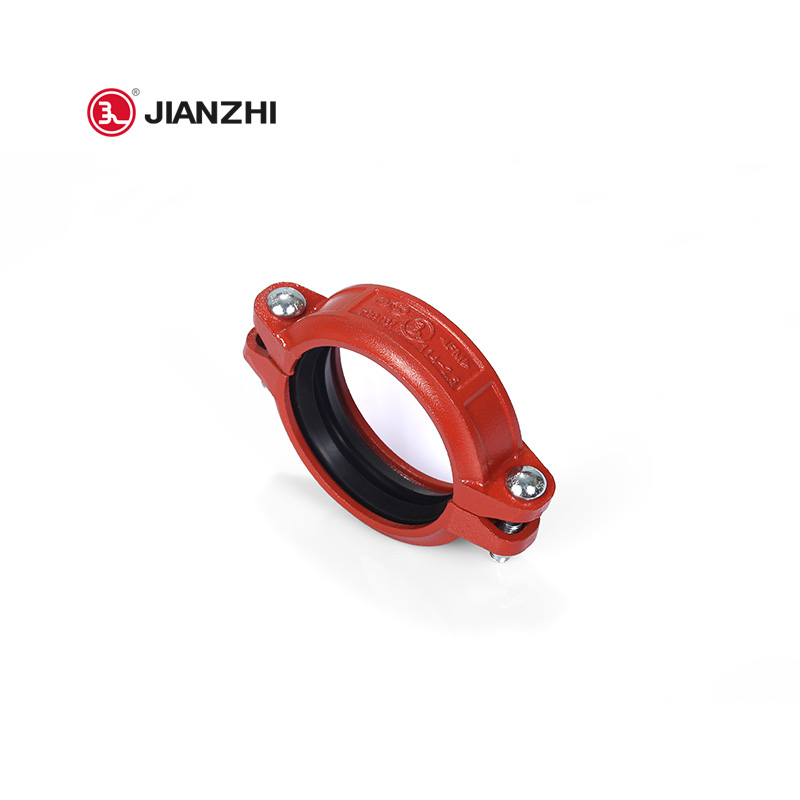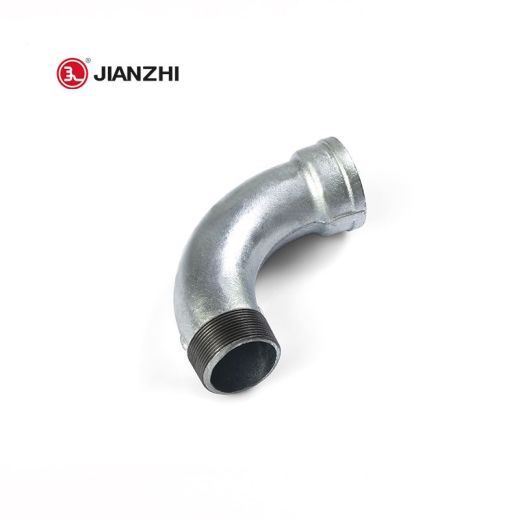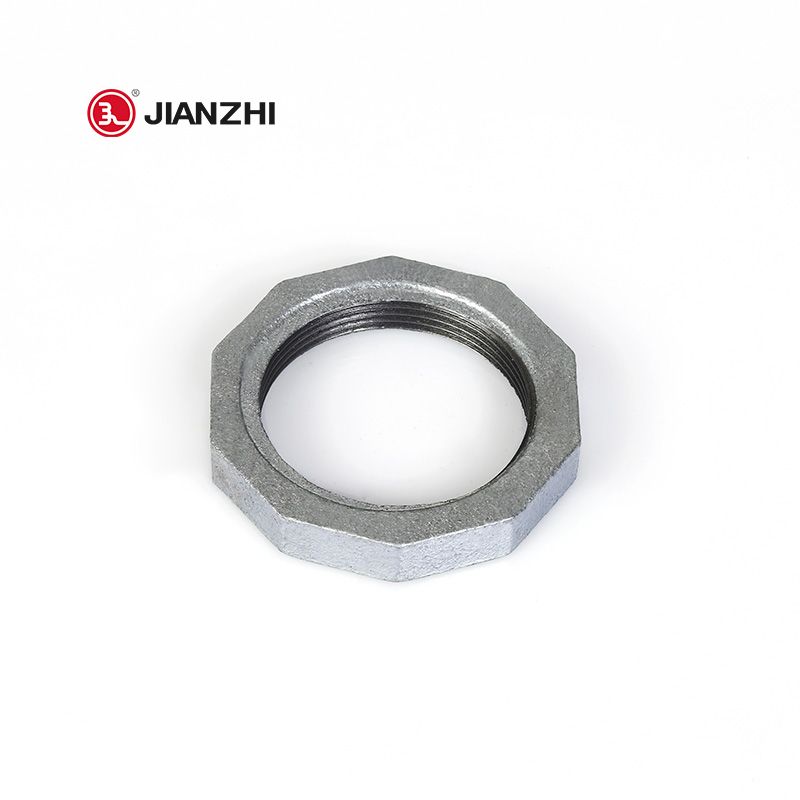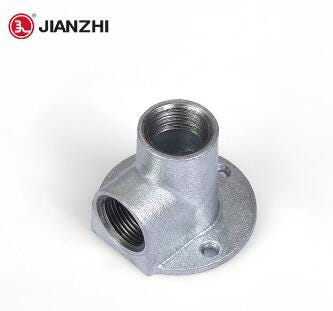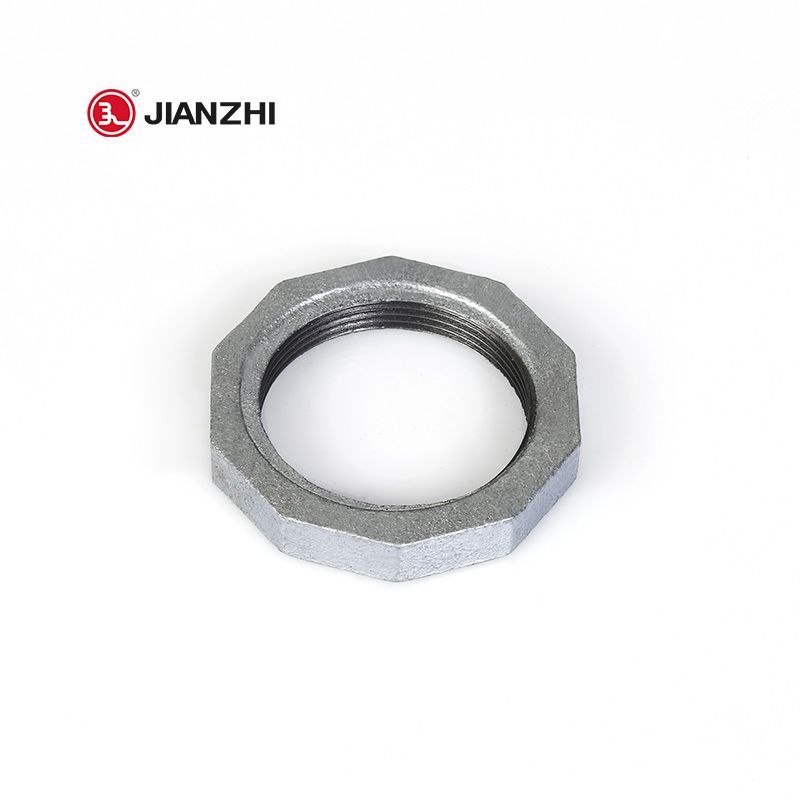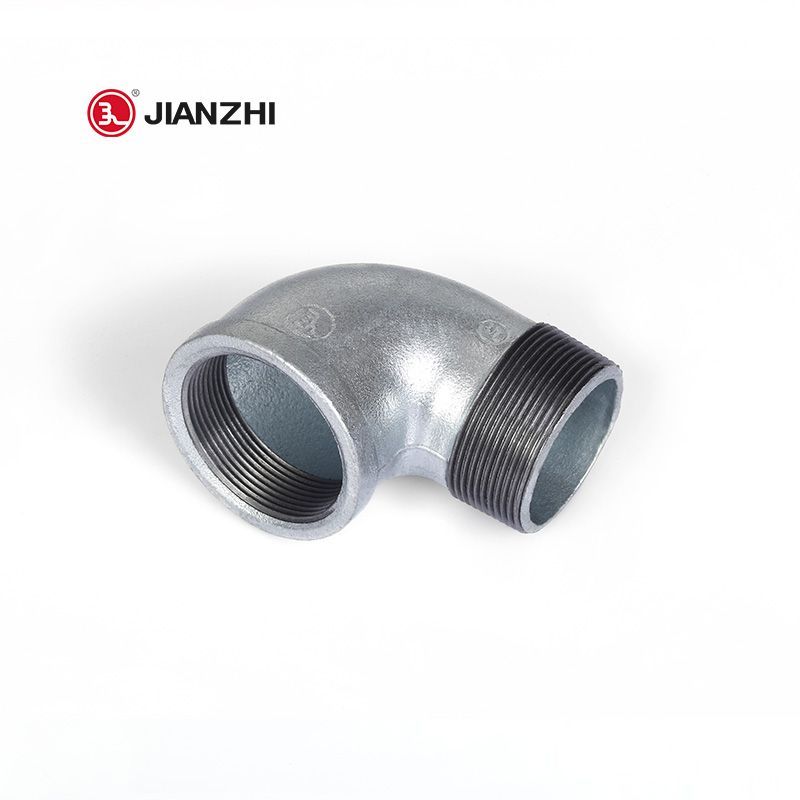A flexible coupling is a mechanical device whose main function is to connect two shafts and transmit power. Compared with traditional rigid couplings, flexible couplings are flexible and can absorb axis misalignment and vibration. They are designed to reduce shock and noise in mechanical systems while increasing overall system efficiency and longevity.
There are many types of flexible couplings, including flexible disc couplings, elastic sleeve couplings, universal joint couplings, etc. These different types of couplings are suitable for a variety of applications, such as high-torque transmission, high-speed operation, and high-precision alignment.
The advantage of choosing a flexible coupling is that it can adapt to axis misalignment and reduce vibration and noise during equipment operation. This helps protect other components of the mechanical system and prolongs its service life. In addition, flexible couplings can simplify installation and maintenance and increase production efficiency.
As a manufacturer with many years of experience in producing pipe fittings, JIANZHI has its factory and can provide you with a variety of pipe fitting types, including flexible couplings, union pipes, and other types of pipe fittings to meet the needs of different industrial fields. Our products are manufactured using high-quality materials to ensure their durability and stability. In addition, we provide customization services to ensure that each customer can find the most suitable coupling. If you have any needs related to pipe fittings, you can contact us!
In summary, flexible couplings are an indispensable component in modern mechanical systems. By using high-quality flexible couplings, you can increase the stability and life of your equipment while reducing maintenance costs. Hopefully, this article has helped you better understand the features and benefits of flexible couplings.
